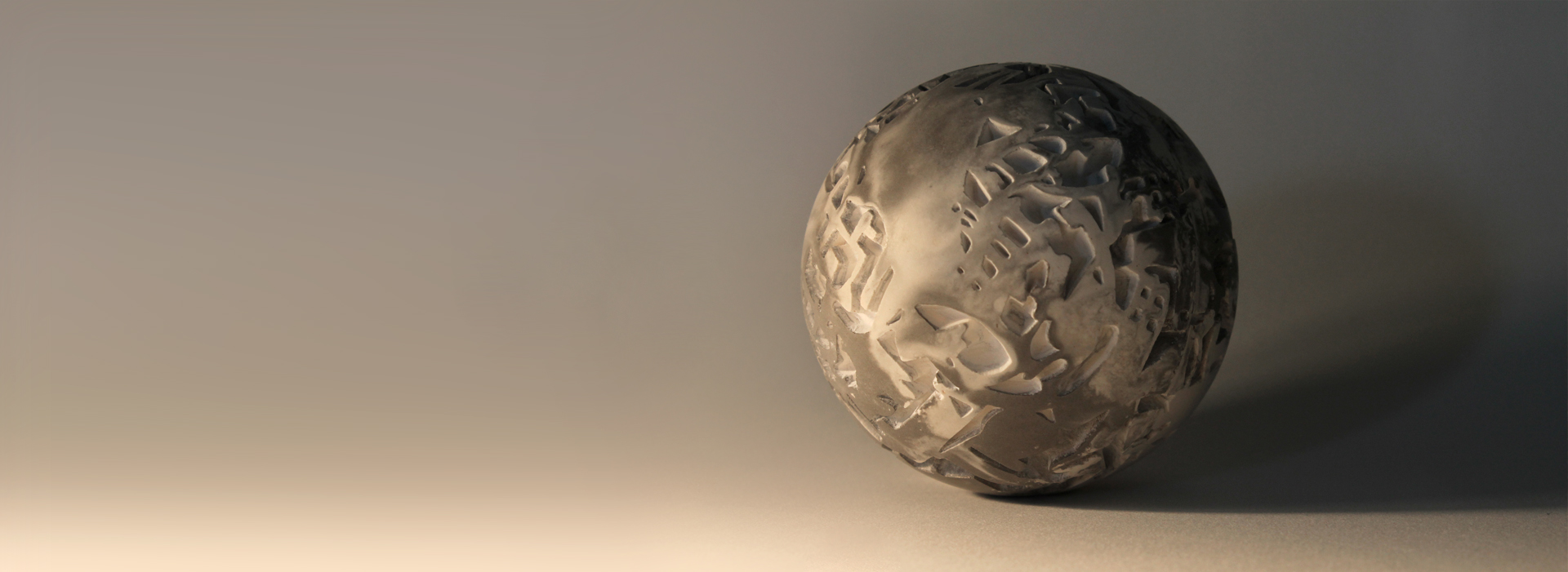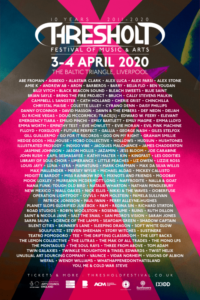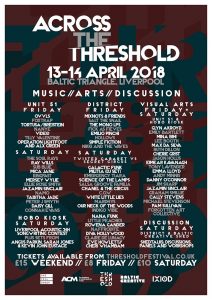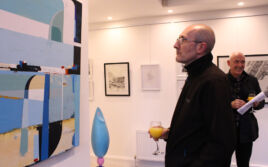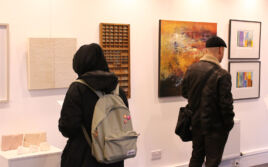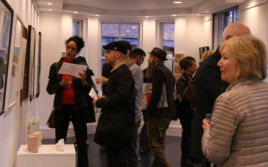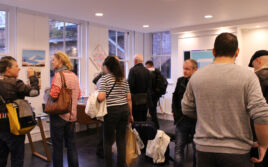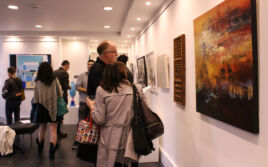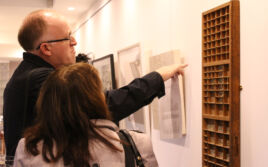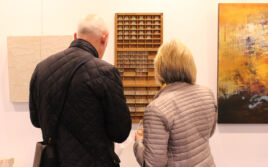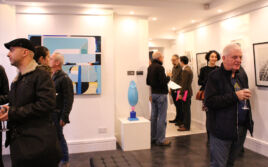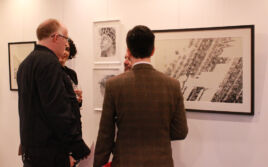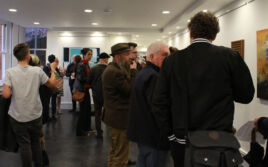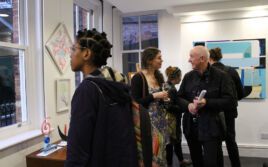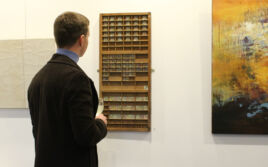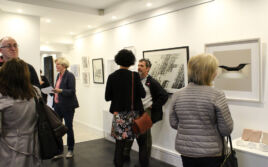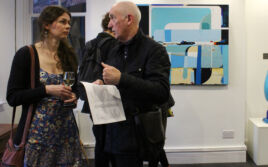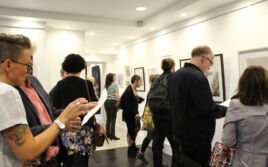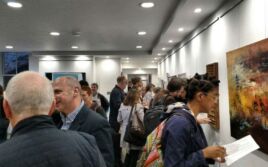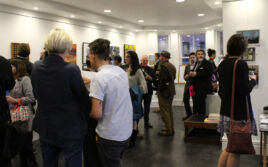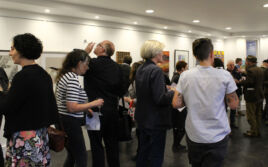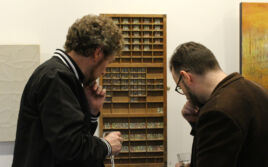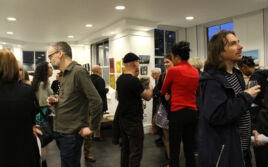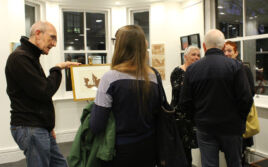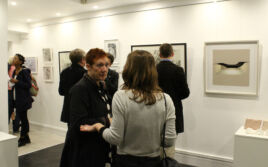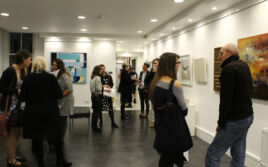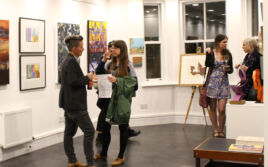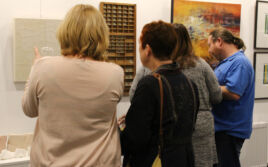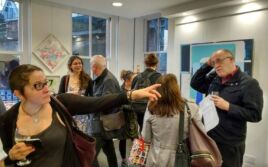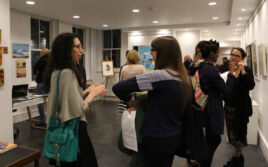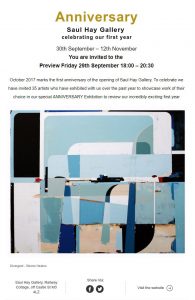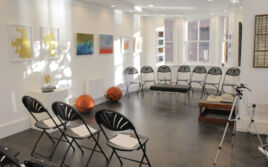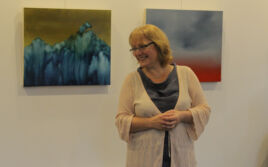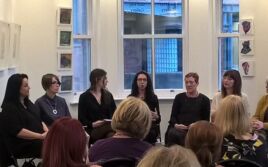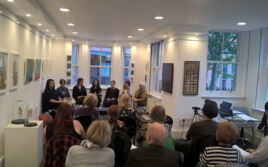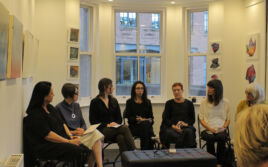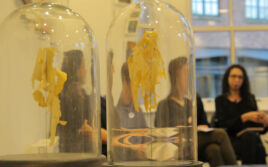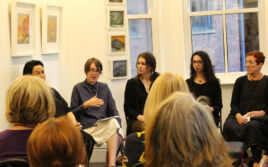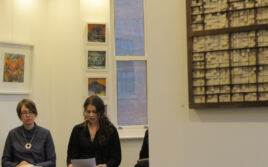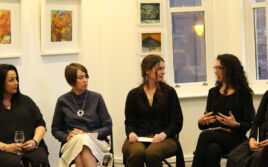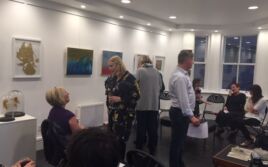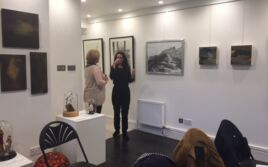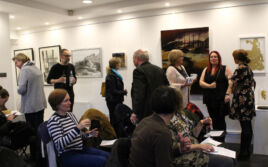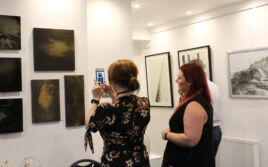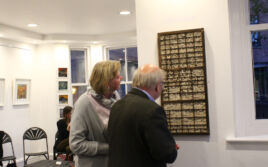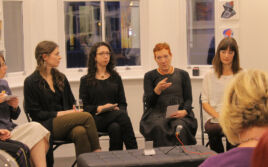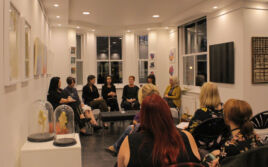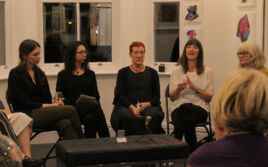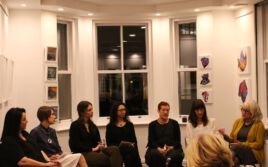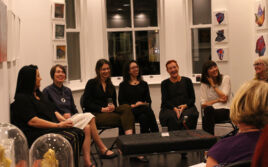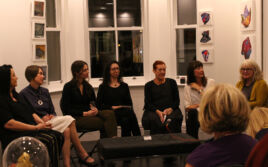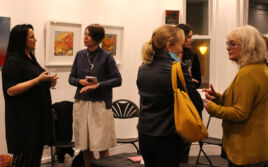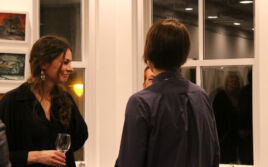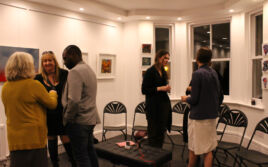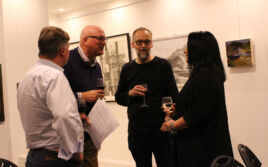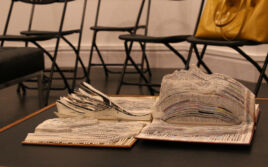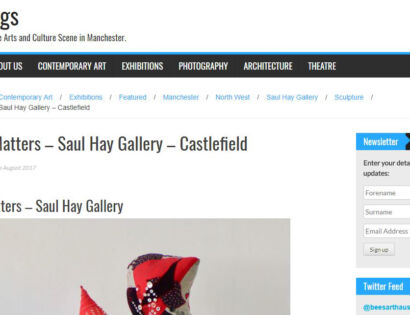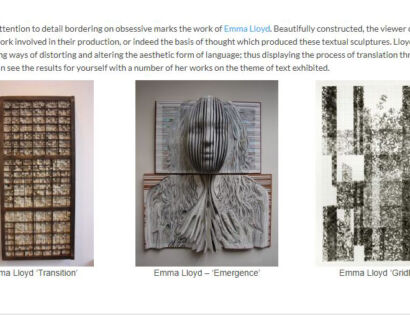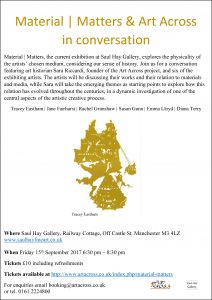I am happy to share that I will be taking part in The Whisper of Moths exhibition at the Print Mill in Macclesfield. Opening on 12th May and running for a month, you will be able to see pieces on display which have connections to Macclesfield’s history as a silk town.
My contribution to the show is in the form of paper cutting; something I felt would be exceedingly appropriate to bring to the show because of its history and connections to the silk trade. The process of cutting paper, its humble origins and anonymity of its practice has caused it to be an art form that is largely and unfairly dismissed, despite being a global tradition that crosses many boundaries in relation to religion and culture. As a result of its deep rooted connections to a wider world culture, I have found myself being drawn to the process for a significant part of my own creative expression.
You can read a little bit about the history of the medium in the text I supplied along with my exhibit (documented below if you are unable to visit the show in person):
“When the civilized world is contemplated, it seems almost inconceivable without paper. Since its invention, paper has enjoyed a unique and enduring place in our cultural development. As a medium, it is probably the most flexible, versatile and adaptable of materials, having been used to record and convey information whether in the form of text or visuals.
Paper as we know it was invented by Cai Lun in China during the Eastern Han Dynasty in the first century BCE. His process utilised the fibres of bark, hemp and silk suspended in water. A sieve-like screen then gathered the fibres and the pulp was allowed to dry, thus forming a thin matted sheet.
Initially this paper was available exclusively to imperial courts, but over time its production spread to the wider population of China. The material was predominantly used for writing letters and transcribing scripture but its potential as a creative medium for recreational purposes was soon recognised. It was around this time that paper-cutting first appeared, being used to create decorations for festivals and other celebrations in the form of banners, decorations for the home and women’s hair. Paper-cutting had become such a part of life in the country it even made its way into a number of Chinese writings including a poem written by prominent Tang Dynasty poet Tu Fu who wrote “I cut paper to summon my souls”.
During the sixth century, paper-cutting began to spread east with Buddhist monks into Vietnam, Tibet and Japan. Here, the art form developed into kirigami (a combination of origami and paper cutting) and then monkiri (which translates as “crest cutting”… the process of cutting family emblems).
By the eighth century it began to spread west along a 4000 mile long network of trade routes stretching all the way to the Middle East and the outer reaches of Europe (known as the Silk Road).
In India, the paper-cut was used for sanjih (a ritualistic craft used in the worship of Krishna). In the 1300s paper-cutting began to appear in Israel, used by the Jewish community to create religious artefacts such as Mizrachs.
By the end of the fifteenth century it had reached Europe, firstly in countries such as Ukraine and Poland where pieces were created by the upper classes as seals for their private letters. As production became cheaper and more accessible, the artf orm spread into the countryside. Decorative pieces called vytynanky or wyciananki were cut by farm workers for their homes during religious celebrations.
In the sixteenth century, examples called scherenschritte appeared in Switzerland and Germany. Following its establishment within European traditions, the art form was then taken to colonial America by the eighteenth century immigrants settling in Pennsylvania.
A little later in Germany, cut out letters called bindebrevs (binding letters) were sent to loved ones on their birthdays. This tradition was later passed to Norway and Denmark where it developed into the present day gaekkebrev (a form of love letter given at Easter).
Danish author Hans Christian Andersen was also known to give readings of his poems whilst creating a paper-cut with a pair of scissors, revealing the piece at the end (much to the delight of his audiences). It is partially through this connection that I became interested in utilising the paper contained between books. There appears to be a strong connection with the tradition and text which felt very natural to explore.
By the mid nineteenth century the paper making process had become mechanized. This increased production and helped the supply to keep up with increasing demand, allowing it to become widespread across the world. Around this time papel picado (punched paper) began to emerge in Mexico for use in festivals such as the Day of the Dead.”


